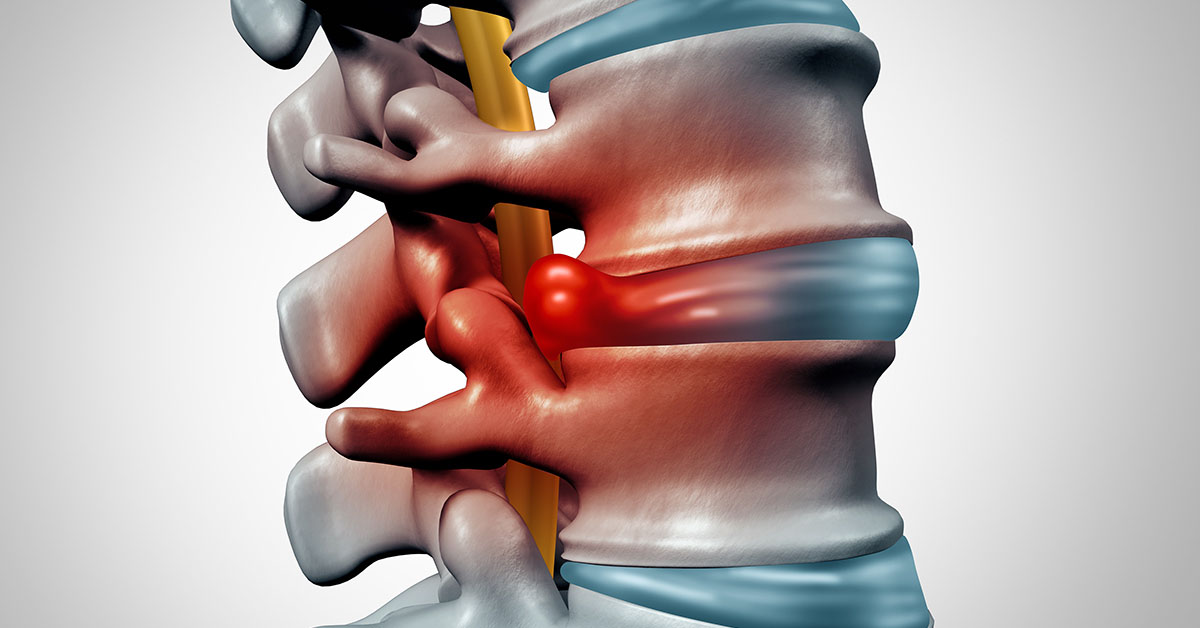
What is a Herniated Disc?
In between the vertebrae of the spine are cushions called discs. Theses discs contain an inner core, called the nucleus pulposus, and an outer wall, called the annulus fibrosis. If the annulus degenerates or tears, the nucleus can seep into the annulus and cause the disc to bulge and protrude. This bulging disc may press against nerves and cause pain. When the inner core pushes through the annulus fibrosis, it's called a herniated disc. The tear in the annulus fibrosis created by this bulging of the inner core causes back pain. That pain may spread to a different area of the body if the now protruding disc is putting pressure on a spinal nerve.
Symptoms and Diagnosis
The main symptom of a herniated disc is sharp and acute pain, often described as a "deep pain," which increases in severity as it moves down the affected leg. Pain onset may occur suddenly, or be preceded by a snapping or tearing sensation in the spine. This sensation may be attributed to the annulus fibrosis suddenly tearing.
There is often a limited range of motion present in patients with herniated discs, and patients will often lean to one side when bending over. Walking will often be painful, with patients attempting to alter their gait by straightening the affected leg to avoid putting too much weight on it.
Magnetic Resonance Imaging (MRI) is often used to diagnose a herniated disc. CT scans are also helpful for providing better images of the source of pressure if a nerve root is being pressed upon by the herniated disc.
Treatment
Rest, medication and physical therapy are usually successful when treating a herniated disc. Medications like anti-inflammatory drugs, analgesics and muscle relaxants may be prescribed to help with pressure and pain.
Surgery is not often needed for a herniated disc, but if a patient doesn't respond to rest, physical therapy and medications over a long period of time, surgery may be recommended.
Risks and Benefits
Failure to take preventive measures for any spinal condition may result in a further aggravated condition. Surgical measures for advanced cases may give relief from extremity pain. The risks involved with surgery are common - infection, blood loss, damage to nerves and spine - and some specific to your treatment. This material is intended to give the patient an overview of surgical procedures and treatments and is not intended to replace the advice and guidance of a physician. Always consult with your doctor about the particular risks and benefits of your treatment.
